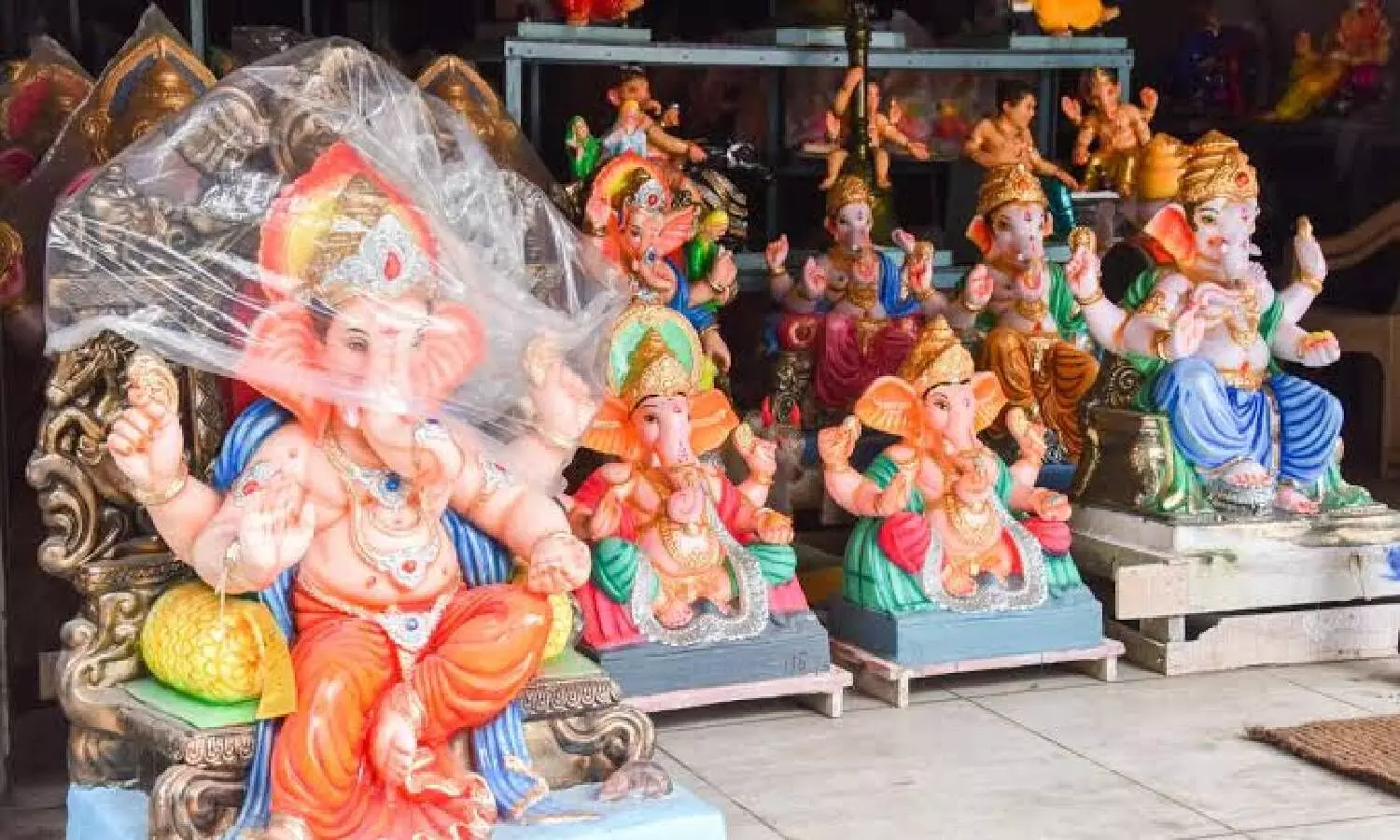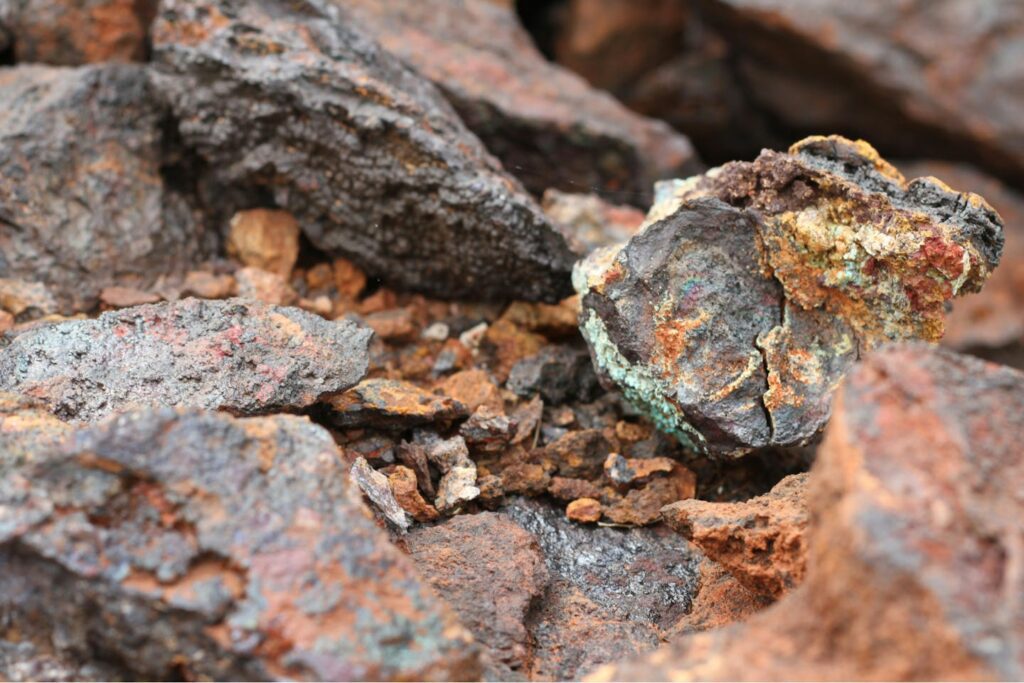Now Reading: Ganesh Idol Makers in Nagpur Struggle as Demand Shifts to Pop Variants
-
01
Ganesh Idol Makers in Nagpur Struggle as Demand Shifts to Pop Variants
Ganesh Idol Makers in Nagpur Struggle as Demand Shifts to Pop Variants

In Nagpur, the festive season of Ganesh Chaturthi brings both joy and uncertainty for traditional idol makers, known as murtikars. While they spend months crafting eco-friendly clay idols with intricate detail, the market trend is shifting towards cheaper and more durable Plaster of Paris (POP) idols. This change has left many artisans struggling to balance their passion for art with the harsh realities of declining sales.
Murtikars begin preparations months in advance, shaping clay, designing moulds, and painting idols with precision. For them, each idol is not just a product but a reflection of devotion and skill passed down through generations. However, despite their dedication, sales often pick up only in the last few days before the festival, forcing them to wait anxiously while expenses keep mounting.
The popularity of POP idols stems from their glossy finish, variety of designs, and lower prices, which attract a large share of buyers. On the other hand, eco-friendly clay idols, though more sustainable, are often costlier and delicate, making them less appealing for households seeking durability. This mismatch between effort and demand is leaving many artisans financially vulnerable.
For Tier 2 cities like Nagpur, where cultural traditions remain strong, the survival of local artisans is tied to community choices. Residents face the dilemma of supporting eco-friendly practices while also managing household budgets during festivals. Many younger families are drawn to the affordability of POP idols, while older generations often emphasise the spiritual and environmental value of clay ones.
The situation highlights a larger issue of balancing tradition with modern consumer preferences. Without greater awareness, incentives, or community support, the centuries-old craft of murtikars risks fading away. For now, these artisans continue their work with hope that buyers will look beyond price and recognise the value of sustainability and heritage in their creations.






















